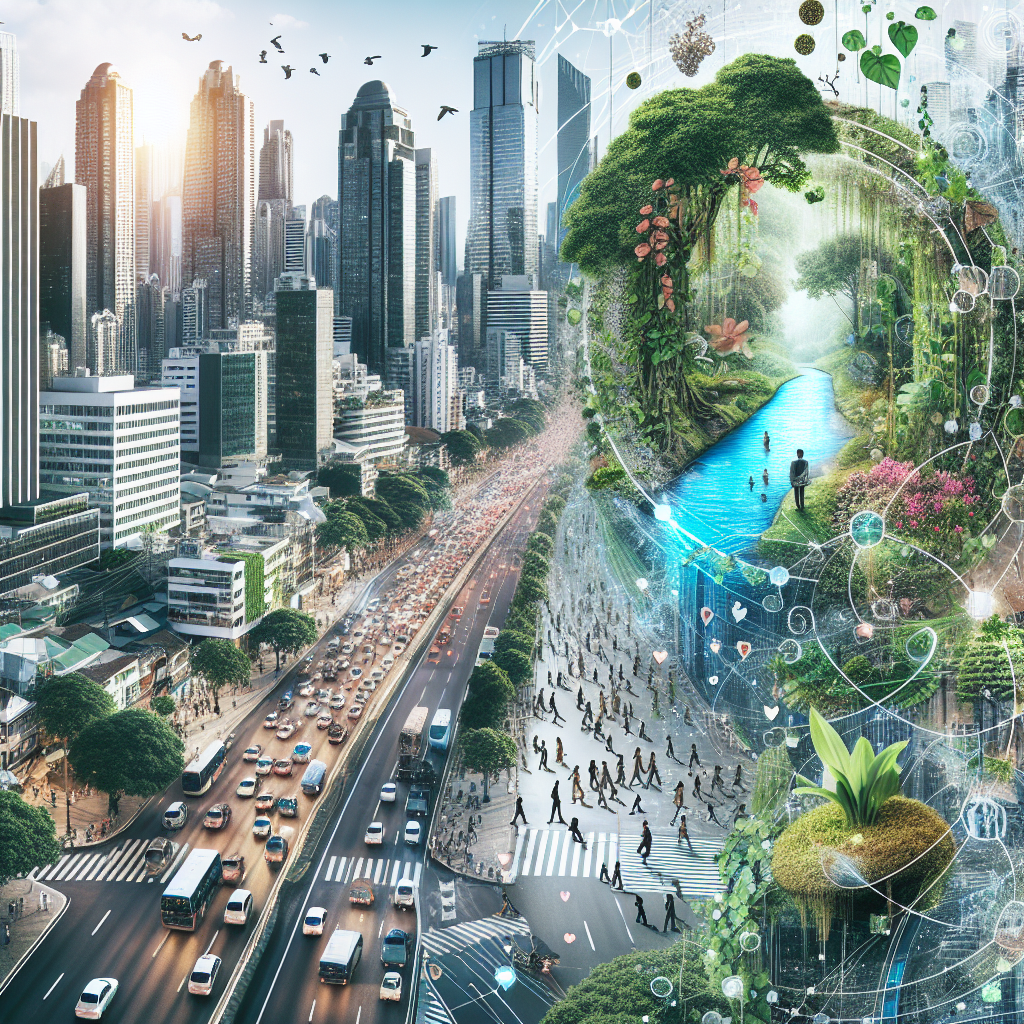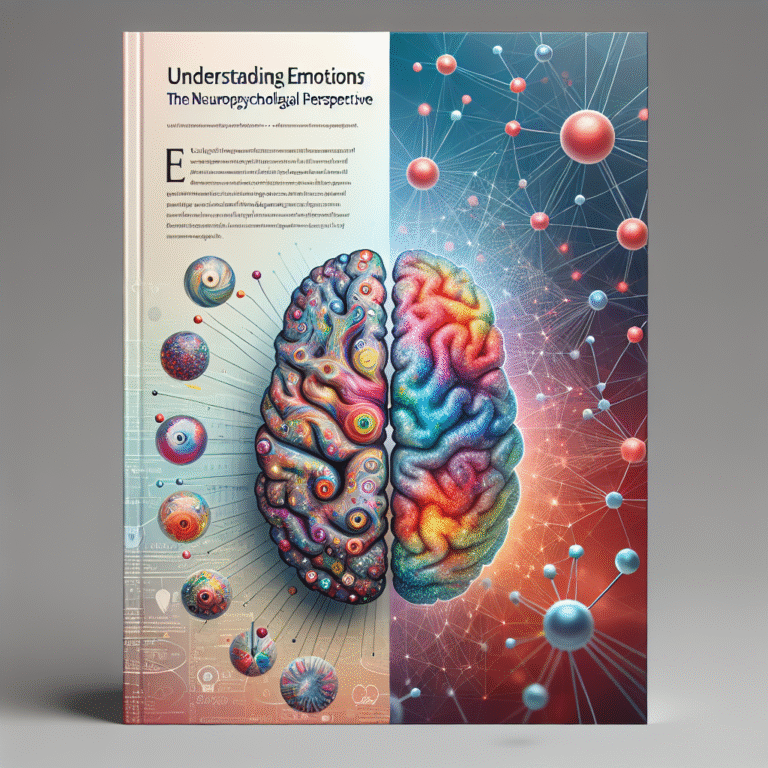
Introduction
Imagine stepping out of your front door to find a green oasis instead of a concrete jungle. What if your daily commute involved more vibrant parks than busy roads? In recent years, researchers and urban planners have uncovered a powerful connection between city design and overall well-being. This article delves deep into the "Urban Jungle: How City Design Influences Well-Being," exploring how our built environments can foster healthier, happier communities. Join us as we uncover innovative designs that promote mental health, enhance social connections, and improve quality of life for urban residents.
Understanding the Urban Jungle
What is Urban Design?
Urban design is not simply about aesthetics; it’s the process of shaping the physical setting for life in cities and towns. It combines aspects of architecture, landscaping, and city planning, emphasizing functionality, sustainability, and the quality of life in urban environments. To understand "Urban Jungle: How City Design Influences Well-Being," we must appreciate the holistic approach to urban planning that includes social, environmental, and economic factors.
Historical Context
Historically, cities were often designed with little regard for the well-being of their inhabitants. The industrial revolution led to overcrowded, polluted areas where green spaces were deemed unnecessary. However, as studies began to reveal the adverse effects of these environments on mental and physical health, urban planners started to rethink design strategies. The rebirth of interest in parks, pedestrian zones, and community gardens marks a turning point, demonstrating how urban landscapes can nurture well-being.
The Positive Impact of Green Spaces
Biophilic Design: The Science Behind It
Biophilic design taps into humanity’s intrinsic connection with nature. Studies have shown that green spaces in urban areas reduce stress, enhance mood, and even improve cognitive functioning. According to a study by the University of Exeter, employees with access to natural elements reported a 15% higher level of well-being than those without.
Case Study: New York City’s High Line
The High Line, a transformed elevated railway turned public park in New York City, exemplifies biophilic design. This seemingly simple transformation has led to significant increases in property values, local business revenues, and most importantly, the well-being of residents and visitors. According to a report by Friends of the High Line, 97% of respondents felt the park positively impacted their mood.
Mental Health Benefits
Urban jungles can serve as sanctuaries for mental health. Access to greenery and nature has been linked with lower levels of anxiety and depression. Natural light, fresh air, and the availability of open spaces encourage physical activity, further contributing to improved mental health.
Social Interaction: Building Community
Parks and green spaces facilitate social interaction, fostering communities. A study from the University of Illinois found that residents living near parks reported greater social cohesion.
Case Study: Clifton, UK – Renewal Through Green Spaces
In Clifton, UK, a community initiative revitalized decades-old parks, introducing walking paths, community gardens, and playgrounds. This led to a 30% increase in community events and a noticeable drop in crime rates. Residents reported feeling safer and more engaged as “Urban Jungle: How City Design Influences Well-Being” became a key focus for the local council.
Walkable Cities: The Power of Mobility
The Walkability Factor
Walkable cities are not just good for the environment; they enhance quality of life. Research indicates that urban residents who live in walkable neighborhoods report higher levels of social interaction, lower obesity rates, and improved mental health.
Case Study: Copenhagen, Denmark
Copenhagen, a city known for its commitment to cycling and pedestrian infrastructure, boasts an impressive level of walkability. According to the City of Copenhagen, 62% of residents use bicycles as their primary mode of transportation. This contributes to their high happiness ratings as citizens enjoy active lifestyles, reduced commute stress, and more connected communities.
Active Transport: Opening Opportunities
Cities designed for active transport encourage citizens to walk, bike, or use public transit rather than automobiles. This shift reduces traffic congestion, pollution, and enhances overall wellness.
Case Study: Amsterdam
Home to over 880,000 bicycles, Amsterdam’s commitment to supporting cyclists has transformed its urban landscape. The city boasts bike paths, bike-sharing programs, and dedicated lanes, reducing car traffic, promoting well-being, and creating a vibrant public life.
Integrating Nature with Urban Living
Vertical Gardens and Living Roofs
As urban density increases, the need for innovative solutions to integrate nature into urban living also rises. Vertical gardens and living roofs are modern alternatives that enrich city life.
Case Study: Bosco Verticale, Milan, Italy
Bosco Verticale (Vertical Forest) consists of two residential towers covered in over 9,000 trees and 20,000 shrubs. Beyond their stunning aesthetics, they contribute to habitat creation and improved air quality, showcasing how design can enhance well-being in dense urban settings.
Urban Agriculture: From Food Deserts to Food Forests
Transforming underutilized urban spaces into community gardens and urban farms promotes sustainability, food security, and social cohesion. Urban agriculture is emerging as a crucial element in the narrative of "Urban Jungle: How City Design Influences Well-Being."
Case Study: Detroit, Michigan
In Detroit, numerous community gardens have sprung up to combat food deserts and improve community well-being. These gardens not only offer fresh produce but also promote education, collaboration, and resilience, proving that urban design can enhance quality of life through food access and community engagement.
Designing for Inclusivity: Urban Spaces for All
Accessibility Matters
Inclusive city design considers the needs of all residents — children, the elderly, people with disabilities, and those from various cultural backgrounds. Accessible environments ensure that public spaces serve everyone, enhancing well-being.
Case Study: Barcelona’s Superblocks
Barcelona’s Superblock project closes city blocks off to car traffic, turning them into pedestrian-friendly spaces. Designed with accessibility in mind, these areas feature parks, public squares, and amenities for all. The initiative has significantly improved local air quality and reduced noise pollution, positively impacting the community’s mental and physical health.
Cultural Spaces and Identity
In every urban jungle, cultural spaces enhance community ties and promote well-being. Art installations, cultural centers, and public events foster a sense of identity and belonging.
Case Study: Kettle’s Yard, Cambridge, UK
This gallery combines art and community engagement, fostering creativity and connection among visitors. The spaces are designed to encourage interaction, collaborative art-making, and community gatherings, showcasing how urban design can enhance well-being through cultural appreciation.
The Sustainable Edge:
Designing for the Future
Sustainable urban design integrates natural elements that not only enhance beauty but also promote ecological health. Green buildings, renewable energy, and sustainable transportation systems contribute to the overall well-being of communities and the planet.
Case Study: Freiburg, Germany
Freiburg is a leading example of sustainable urban design, known for its solar energy initiatives and extensive public transportation system. The emphasis on sustainability has led to improved air quality, reduced carbon footprints, and a community culture rooted in environmental stewardship.
Climate Resilience
As cities face growing threats from climate change, future urban designs must incorporate climate resilience strategies to safeguard public health and well-being.
Case Study: Rotterdam, Netherlands
Rotterdam’s focus on climate resilience is evident through its innovative flood management strategies and green roofs. Their commitment to sustainability not only prepares them for climate challenges but also improves the quality of life for their residents.
Conclusion
As we navigate the complexities of modern urban life, understanding the "Urban Jungle: How City Design Influences Well-Being" becomes increasingly vital. The integration of green spaces, walkability, inclusivity, and sustainability are not merely trends; they are essential strategies for enhancing quality of life in urban areas. By embracing thoughtful design, cities can become not only functional living environments but thriving ecosystems of well-being.
Call to Action
As residents and members of society, we can advocate for urban designs that prioritize well-being. Whether through community initiatives, local government engagement, or simply spreading awareness, we hold the power to shape our urban environments for the better. Let’s work together to foster cities that nurture our bodies, minds, and spirits.
FAQs
-
What specific elements contribute to a city’s well-being?
- Elements such as green spaces, walkability, inclusive design, and cultural spaces have been identified as key contributors to a city’s well-being.
-
How can I promote well-being in my community?
- You can participate in local planning meetings, start a community garden, or advocate for more public green spaces to improve community well-being.
-
Why are green spaces important in urban areas?
- Green spaces provide recreational opportunities, enhance mental health, improve air quality, and encourage social interactions within communities.
-
What role does public transportation play in city design?
- Public transportation reduces reliance on cars, decreases traffic congestion, and encourages walking, all of which contribute to healthier lifestyles.
- How can cities prepare for climate change while promoting well-being?
- Cities can integrate green infrastructure, flood management systems, and sustainable practices in urban planning to create resilient urban spaces that enhance well-being while mitigating climate risks.
In this Urban Jungle, let us thrive together, building cities that nourish our bodies, hearts, and communities!















